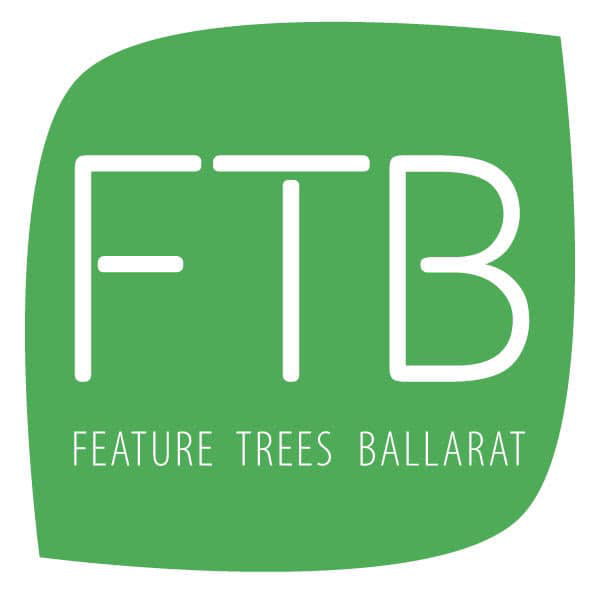FEATURE TREES BALLARAT
Aesculus Hippocastanum Alba - White Horse Chestnut
Aesculus Hippocastanum Alba - White Horse Chestnut
17 in stock
Couldn't load pickup availability
White Horse Chestnut
Approximate Sizing:
- 20cm Pot - 60cm Tall
- 25cm Pot - 90cm Tall
- 33cm Pot - 1.4m Tall
- 40cm Pot - 1.9m Tall
About the Variety:
Variety: Aesculus hippocastanum 'Alba' (White Horse Chestnut)
Full Size: Typically grows to 20-25 meters tall with a spread of 12-15 meters.
Foliage: Deciduous, palmate leaves with five to seven leaflets, dark green in colour, turning yellow or brown in autumn.
Why Choose the White Horse Chestnut?
Key Features:
- Stunning White Flowers: The White Horse Chestnut is prized for its spectacular display of large, upright clusters of white flowers with yellow or pink markings in spring, creating a breath taking floral show that attracts pollinators and adds beauty to the garden landscape.
- Ornamental Foliage: In addition to its beautiful flowers, the foliage of the White Horse Chestnut provides shade and visual interest with its large, palmate leaves that turn shades of yellow or brown in autumn, enhancing the seasonal beauty of the tree.
- Unique Appearance: The distinctive upright clusters of white flowers and the large, spreading canopy of the White Horse Chestnut make it a standout feature in any landscape, adding elegance and charm to parks, gardens, and public spaces.
- Tolerant and Adaptable: The White Horse Chestnut is tolerant of various soil types and environmental conditions, making it suitable for a wide range of landscape settings, from urban parks to rural estates.
- Low Maintenance: Once established, the White Horse Chestnut is relatively low-maintenance, requiring minimal pruning and care, making it an excellent choice for both residential and commercial landscapes.
- Wildlife Value: The flowers and fruit of the White Horse Chestnut attract a variety of wildlife, including bees, butterflies, and birds, enhancing biodiversity and providing food and shelter for local wildlife populations.
Share










